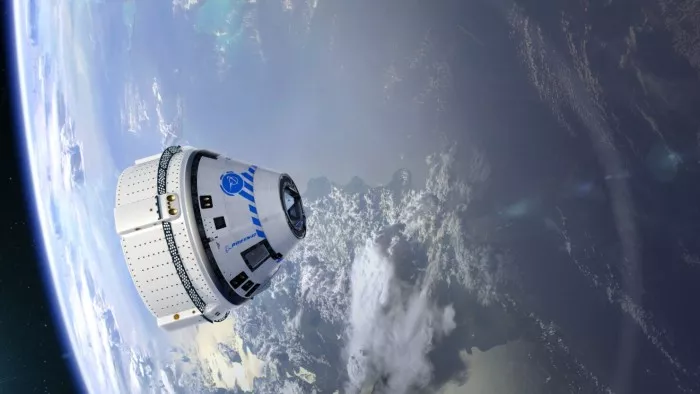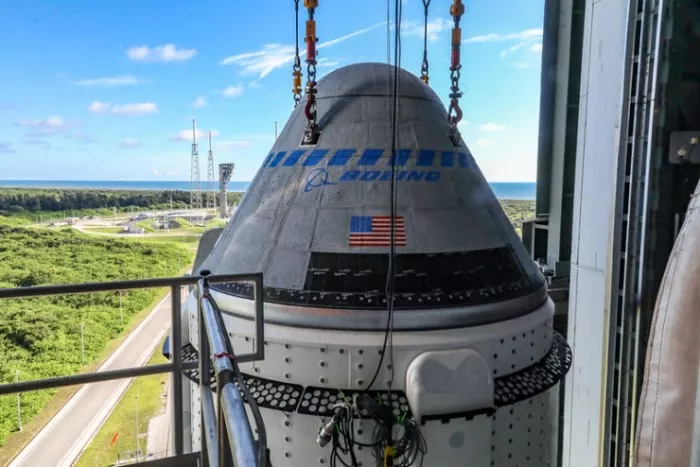On May 4, Boeing representatives and NASA officials said on Wednesday local time that the valve failure that had interrupted the unmanned flight test of Boeing CST-100 Starline spacecraft for eight months has been repaired, and the spacecraft will take off to the international space station on May 19.
NASA and Boeing said that the Starline spacecraft will continue to carry out the orbital flight test-2 (oft-2) mission on May 19. It is reported that the spacecraft was originally scheduled to perform the oft-2 mission to the international space station in August 2021. However, the standard pre flight inspection before launch showed that 13 of the 24 oxidation valves in the propulsion system of the spacecraft service module had failed. Subsequently, Boeing and NASA engineers worked together to remove the Starship and the Atlas V rocket of the joint launch alliance from the launch pad. Several months later, the investigators found that the possible cause of the valve failure was that nitrogen tetroxide (NTO) oxidant reacted with moisture in the air to generate nitric acid; Nitric acid corroded the aluminum shell of the valve, resulting in valve failure.
Boeing representatives and NASA officials said on Wednesday that the initial diagnosis was accurate and that the problem had been successfully solved.
"I'm very proud of the work of the Starship team and NASA team over the past eight months," said Steve stich, NASA commercial crew project manager. "I would like to say that it has been a difficult eight months, but it is very satisfactory that we have solved the problem of the failure of the oxidant isolation valve and the spacecraft is about to launch."
Michelle Parker, vice president and deputy general manager of Boeing aerospace and launch, explained that the technicians sealed "a channel that may leak moisture" in the electrical connector of the valve. She said the team now also uses nitrogen to drain the water from the valve.
"In addition, we will load nto oxidant later," Parker said "At the operational level, after loading the oxidant, we will add a valve cycle every 2 to 5 days until the spacecraft is launched, so as to ensure that the valve device can maintain normal operation."
Boeing also replaced a new service module for the oft-2 Starline spacecraft and docked the component with the crew module on March 12.
NASA officials said that if the oft-2 mission proceeds as planned, the Starline spacecraft will rendezvous with the international space station one day after launch and stay on the international space station for five to 10 days.
Oft-2 mission will be the second unmanned test mission of Starline spacecraft to the international space station. The first test flight took place in December 2019. At that time, due to software failure during the flight of Starline spacecraft, it was unable to dock with the international space station, and the mission was forced to be interrupted.
Boeing has signed a contract with NASA to allow astronauts to travel to and from the international space station in a Starline spacecraft. The spacecraft can only start carrying astronauts after completing the unmanned flight test. Boeing hopes to complete the manned flight test by the end of this year.
In addition to Boeing, SpaceX, led by Elon Musk, has a NASA commercial astronaut contract. SpaceX has recently launched the fourth manned space mission crew-4 for NASA. The four astronauts on the crew-3 manned space mission are currently on the international space station and are scheduled to return to Earth early Friday morning local time. (Chen Chen)


